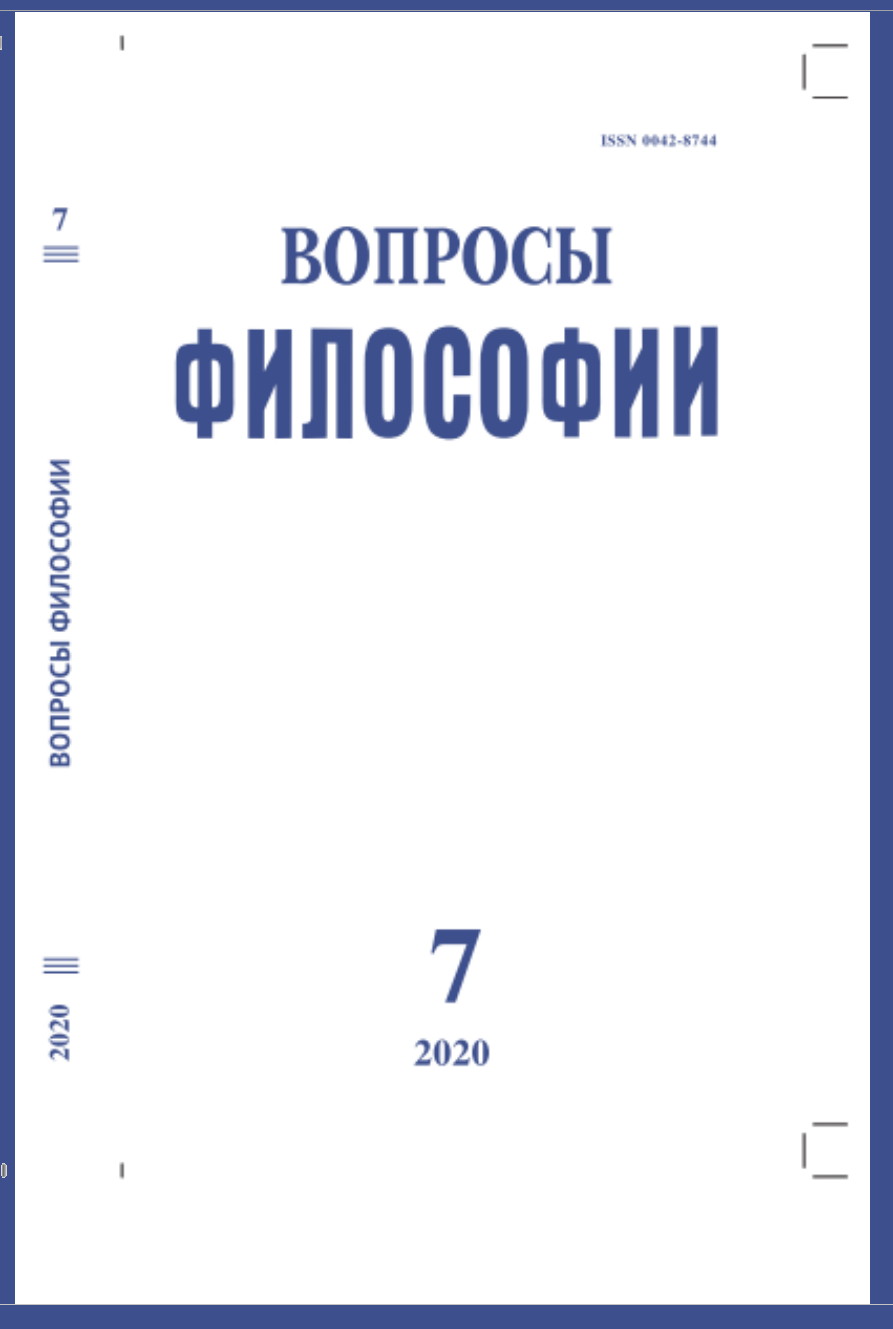Dialectic Definition of Eurasianism
DOI:
https://doi.org/10.21146/0042-8744-2020-7-136-149Keywords:
eurasianism, dialectics, formal logic, abstract universal concrete universal, types of unity, organic unity, artificial unity.Abstract
The article is devoted to the discussion of the difficulties of defining the concept of Eurasianism of the 1920‒1930s. There were many disagreements among the theorists of Eurasianism, and some researchers believe that there is no Eurasianism as such, but there are many Eurasianisms. Thus, the subject of Eurasian studies disappears. According to the author, the reason is the use of positivistic methods in the study of Eurasianism. The search for the general to reveal the essence of the subject is justified only if it is not abstractly universal, but concrete universal, as shown in the works of Hegel and Marx and disclosed in the works of E.V. Ilyenkov. The concrete universal in the case of Eurasianism as a program for the study of Russia and other cultures and civilizations of the world is the distinction between two types of unity of culture and civilization: organic and artificial unity (multiplicity combined under the influence of external force). Eurasia is an example of unity of the first type, humanity, united by the ideology of Westernized cosmopolitanism and European colonial empires – of the second. Eurasianism also shows how these two types of unity are dialectically dependent on each other and turn into each other in the history of Russia and humanity.

